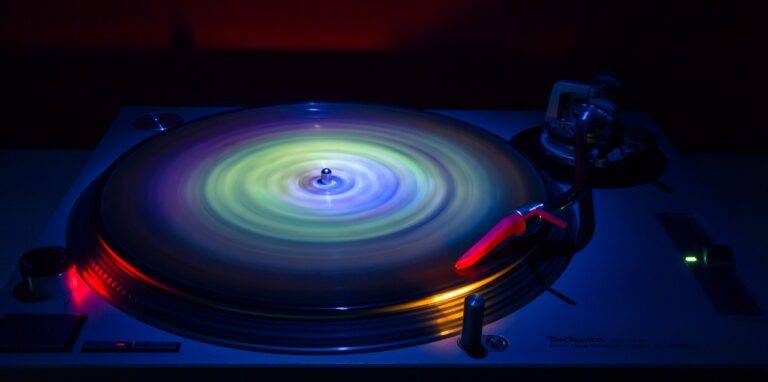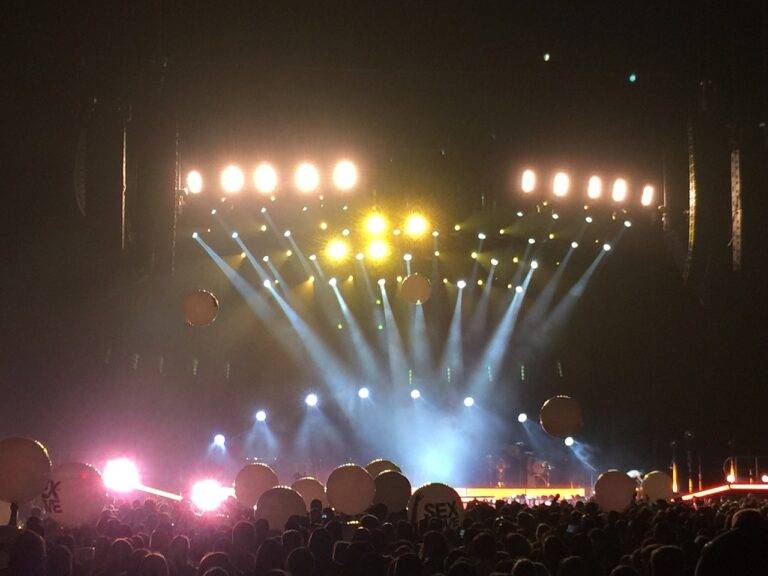Sound Design in Virtual Reality: Creating Immersive Audio Experiences
Audio plays a crucial role in enhancing the immersive quality of virtual reality experiences. When we step into a virtual world, our senses are transported, and audio serves as a powerful tool to make that virtual environment feel more realistic and engaging. Whether it’s the sound of footsteps behind you, the rustling of leaves, or the distant echoing of a voice, audio adds layers of depth and dimension to what we see in VR.
Moreover, audio in virtual reality experiences is not just about creating a realistic environment; it also serves as a guiding force for users. Spatial audio cues help users navigate through the VR environment, drawing their attention to important elements or guiding them towards specific interactions. By leveraging the power of sound, developers can direct user focus, enhance storytelling, and ultimately elevate the overall immersive experience in virtual reality.
Understanding Spatial Audio and Its Role in VR Sound Design
Spatial audio plays a pivotal role in enhancing the immersive quality of virtual reality (VR) experiences. By simulating sound in a way that mimics how we perceive sound in real life, spatial audio adds depth and realism to VR environments, making them more engaging and believable for users. This technology allows sound to be perceived from different directions, distances, and even heights, contributing to a more authentic sensory experience.
In VR sound design, spatial audio is meticulously crafted to complement the visual aspects of the virtual environment. By strategically placing audio cues in the digital space, sound designers can guide users’ attention, create a sense of presence, and evoke specific emotions. Whether it’s the chirping of birds in a virtual forest or the footsteps of an approaching character, spatial audio enriches the overall VR experience and plays a vital role in shaping how users interact with and perceive the virtual world.
What is spatial audio?
Spatial audio is a technology that simulates the experience of sound coming from different directions and distances, creating a more immersive and realistic audio environment.
How does spatial audio enhance virtual reality experiences?
Spatial audio enhances virtual reality experiences by providing more realistic and immersive sound cues, which can help users better navigate and interact with their virtual environments.
How is spatial audio different from traditional audio?
Traditional audio is typically two-dimensional and can only be heard in stereo, while spatial audio is three-dimensional and allows sound to be heard from all directions, creating a more immersive experience.
What role does spatial audio play in VR sound design?
Spatial audio is crucial in VR sound design as it helps create a sense of presence and immersion for users by accurately positioning and moving sounds within the virtual environment.
How can developers incorporate spatial audio into their VR applications?
Developers can incorporate spatial audio into their VR applications by using specialized audio software and tools that allow them to create and implement three-dimensional soundscapes within their virtual environments.





